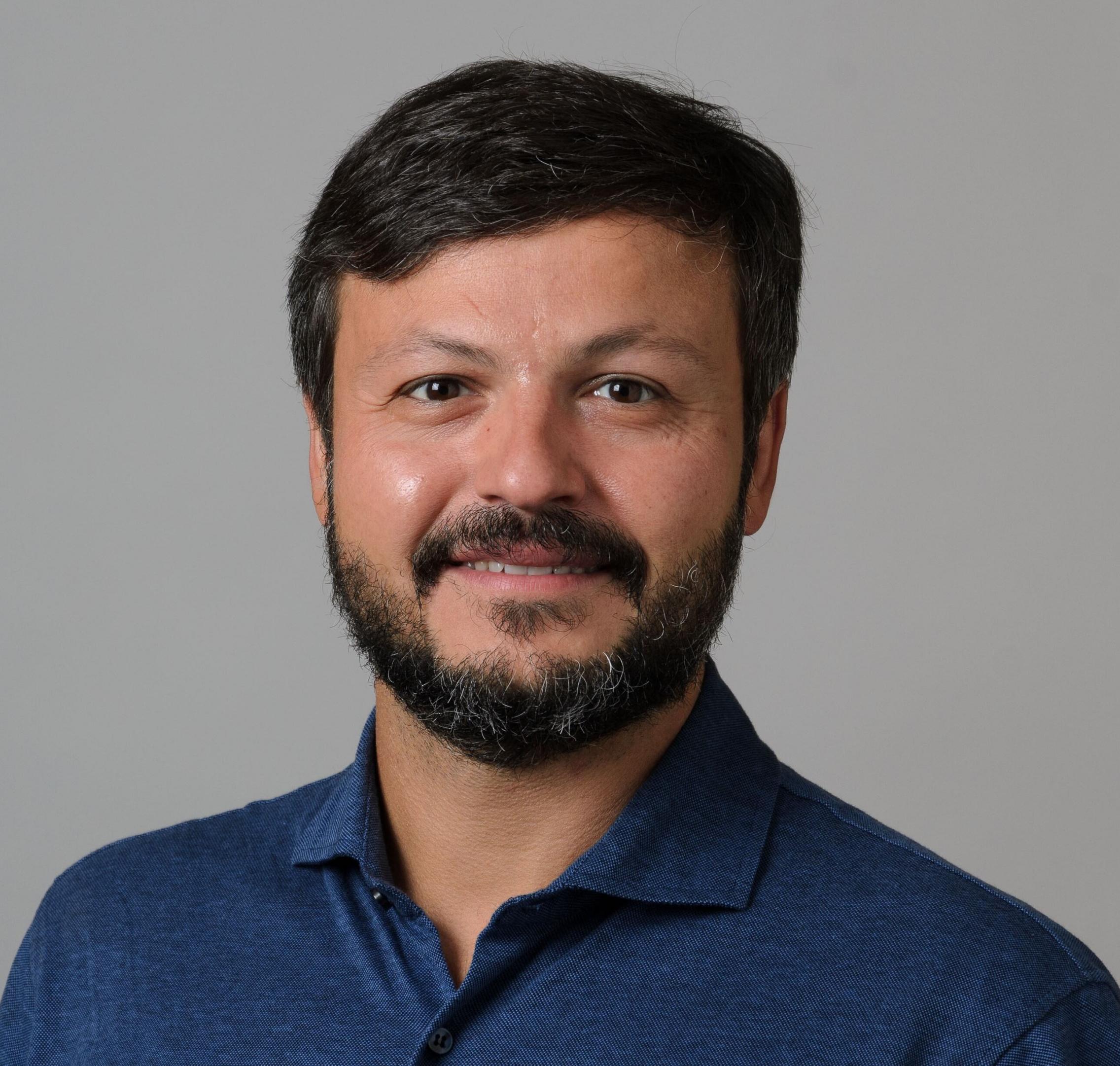About ISF
ISF aims at improving the understanding of the formation of carbon-based particles at technical conditions. The biennial workshop series provides a forum for open discussions and interaction between delegates around the following six research programs:
Fundamental challenges:
- Inception and gas–particle-phase chemistry to be coordinated by Working Group Leaders: Dr Georgios Kelesidis and Dr Francesco Carbone
- Fine structure and other properties to be coordinated by Working Group Leaders: Dr Joaquin Camacho and Dr Mario Commodo
- Pyrolysis of solid and liquid fuels to be coordinated by Working Group Leaders: Dr Chiara Saggese and Dr Tarek Beji
Technology and applications challenges:
- Soot in flames from future fuels to be coordinated by Working Group Leaders: Dr Benedetta Franzelli and Prof Federica Ferraro
- Methane pyrolysis to be coordinated by Working Group Leaders Dr Reza Kholghy and Dr Zhiwei Sun
- Wildland fires and Wildland-Urban-Interface (WUI) Fires to be coordinated by Working Group Leaders: Prof Samuel L. Manzello
Aims of the workshop
- To identify common research priorities in the development and validation of accurate, predictive models of flames with soot and to coordinate research programs to address them.
- To identify and coordinate well-defined target flames that are suitable for model development and validation, spanning a variety of flame types and fuels in each of the research programs.
- To establish an archive of the detailed data sets of target flames with defined accuracy; and to provide a forum for the exchange and dissemination of these data.
All members of the research community are invited to participate in the process of contributing either experimental data or modelling calculations for one of the programs through the Program Leaders.
The workshop sets new targets for each successive meeting, at which the performance of different models are compared against detailed measurements. Comparisons are performed in simplified reactors that are carefully designed for the development and validation of numerical models, while being relevant to practical environments.
- Research priorities for ISF-8: The ISF issues call for contributions in the fields described below. Priority will be given to collaborative efforts in which multiple contributions can be made to a common topic to increase understanding. These topics can include various types of measurement on the same flow from different groups or comparisons of different models on the same phenomena or data sets. Contributions of this type will be a focus for ISF-8 within the following fields:
Inception and gas-particle-phase chemistry: Contributions are invited ahead of ISF-8 to advance understanding of:
- Inception and multi-phase interactions: The processes via which carbon nanomaterials first form from the gas phase or interaction of gas and solid phase and the conditions that determine the preferential growth of various classes of fine structure.
- The condensed phase: More detailed and systematic understanding of composition, distribution, and role in evolution towards the solid phase.
- Prediction: methods that provide robust prediction across a range of operating conditions of relevance to regimes of practical significance.
- Computational Tools: Leverage atomistic simulations (e.g., DFT, ReaxFF etc) and machine learning to quantify inception pathways and condensed-phase evolution across different conditions, including emerging reactor environments (e.g., high-pressure catalytic systems, steady state vs. transient)
Fine structure and chemical composition: Contributions are invited to advance characterisation and modelling in the context of:
- Classification: The key classes of fine structure, chemical composition, and associated properties of carbon nanoparticles.
- Pathways: The key chemical and environmental pathways that trigger the formation of each of the above classes.
Influence of volume fraction: Contributions are invited that address the influence of volume fraction on the evolution of carbon nanomaterials, including aggregate morphology, which applies where volume fraction is high. This regime of high particle volume fraction applies in pyrolysis reactors, which differs from combustion environments where most previous data have been obtained and where the influence of volume fraction is typically negligible.
Influence of turbulence and sub-grid-scale modelling: Contributions are invited in understanding the role of turbulence in the evolution of carbon nanoparticles and their gas-phase precursors and in the development and application of subgrid-scale models for application to LES methods.
Hybrid/Multi-scale and data-based modelling: Approaches integrating atomistic-scale kinetics with continuum soot models validated under industrially relevant conditions are encouraged including approaches that leverage machine learning across scales.
Advances in experimental methods: Contributions are invited in the development and application of improved experimental methods (addressing laminar and turbulent), particularly for the in situ measurement of:
- Mixture fraction in the presence of nanomaterials
- Aggregate morphology
- Aggregate and primary particle size distributions
- Particle fine structure
- Particle composition (C/H ratio).
- Technology and applications challenges for ISF-8: ISF will introduce three new programs to advance understanding and predictive models in the following three classes of technology that are aligned with major societal challenges:
Soot in and emitted from flames from fuels of future significance, including methane, sustainable aviation fuels, and ammonia/fossil-fuel blends. Contributions are particularly sought for pure fuels with additives of species, such as hydrogen, ammonia, and oxygenated species, and the development of advanced diagnostics and modelling tools to understand the unique inception and particle formation from these novel fuel chemistries.
Methane pyrolysis: Addressing the co-production of hydrogen and carbon-rich particulate materials within conditions of relevance to the range of emerging reactors, including thermal plasmas, microwave, molten catalysts, and fluidised beds. Contributions are particularly sought in the following fields:
- High volume fractions: Established through conditions such as long residence time, wider ranges of temperature, and/or composition.
- Increased pressure: Where data are particularly lacking.
- Collaborative work for industrially relevant reactor conditions: Efforts to develop or validate models under industrially relevant reactor conditions (e.g., high pressure, surface catalysis, plasma, and microwave fields), particularly with the involvement of researchers with expertise in plasma science, catalysis, or electromagnetic materials.
- Kinetics model evaluation: Model evaluation for technologies, such as heterogeneous catalysis, plasma chemistry, and electromagnetic heating, used in industrial applications.
Fires: Addressing the pyrolysis of solid and liquid fuels and the evolution of carbon-based nanomaterials under conditions relevant to uncontrolled fires, particularly wildland fires and wildland-urban interface (WUI) fires for which fuel types differ significantly. Contributions are particularly sought as follows:
- Establishing suitable databases: Identify experimental configurations, or if none exist, propose new configurations that are well suited to the development and validation of models (with well-defined input and boundary conditions, together with detailed data), and employ them to establish new detailed and systematic databases for:
- Pyrolysis of solid and liquid materials and the species evolved
- Transitions between pyrolysis and combustion
- Pyrolysis with and without ignition
- Smouldering combustion as compared to flaming combustion and associated particle evolution
- Developing simplified or data-based models for wildland and WUI fires: In the case of traditional fires that occur inside buildings, focus will be more on evaluation existing models for these scenarios.
Workshop committees
-
Organising committee
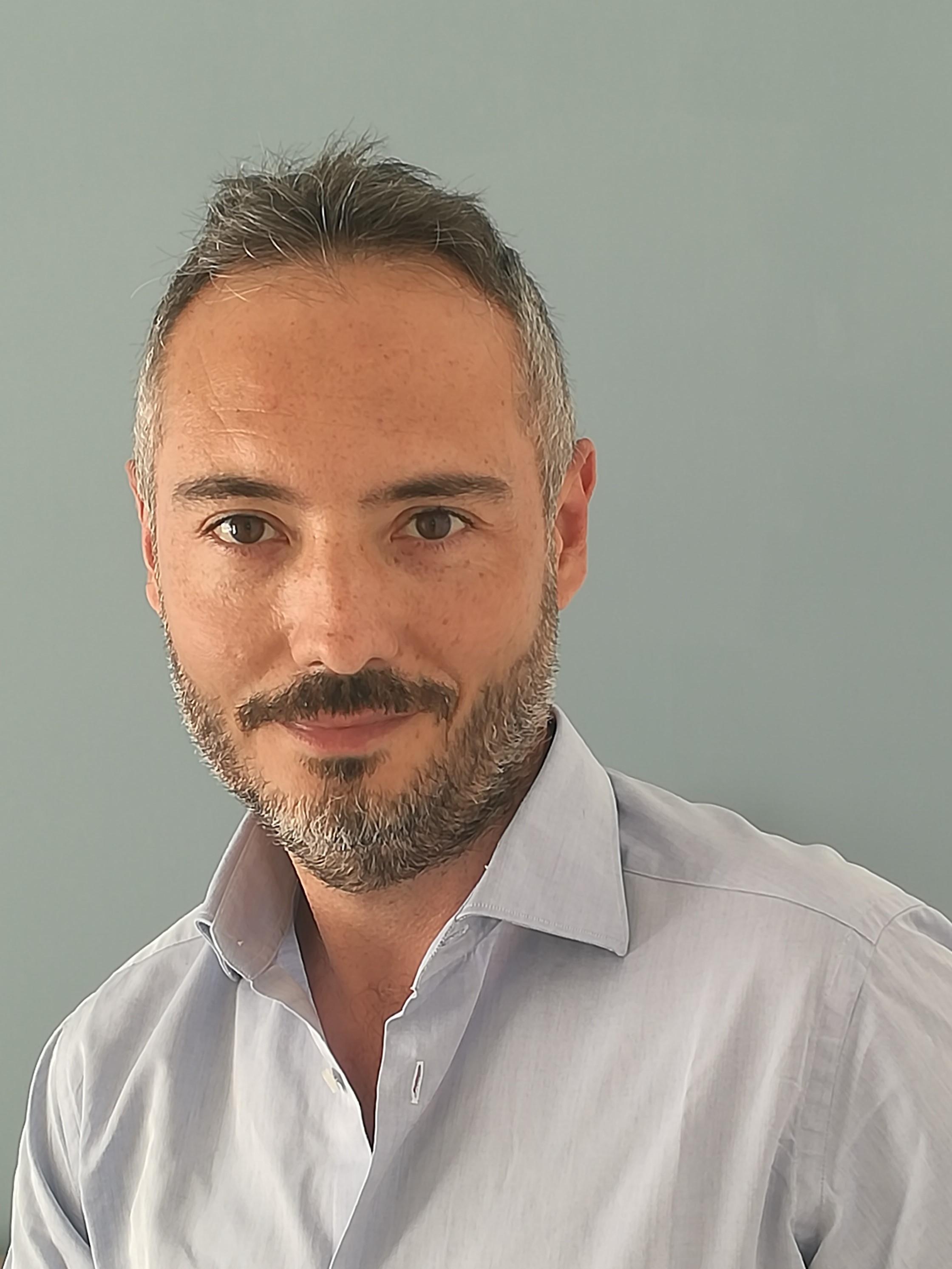
Professor Gus Nathan
University of Adelaide, Australia
King Abdullah University of Science and Technology

German Aerospace Center (DLR), Germany

RWTH Aachen University, Germany

Sandia National Laboratories, USA
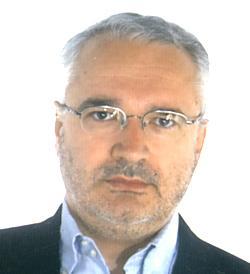
Politecnico di Milano, Italy
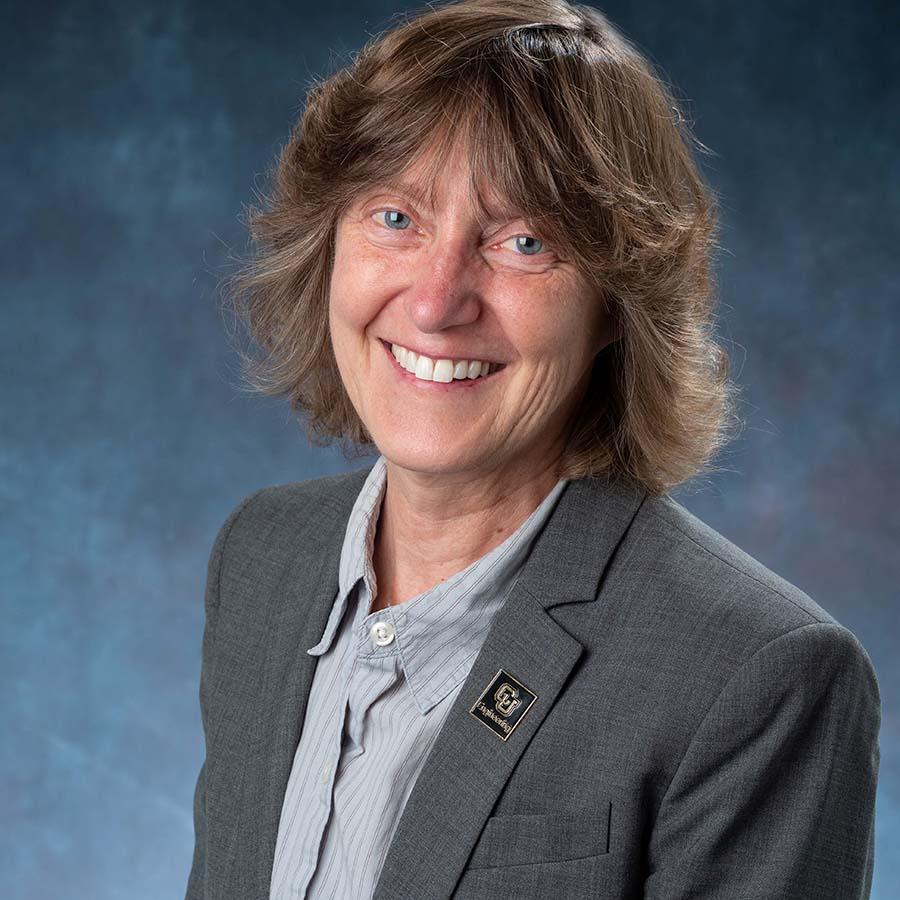
Associate Professor Hope Michelsen
University of Colorado Boulder
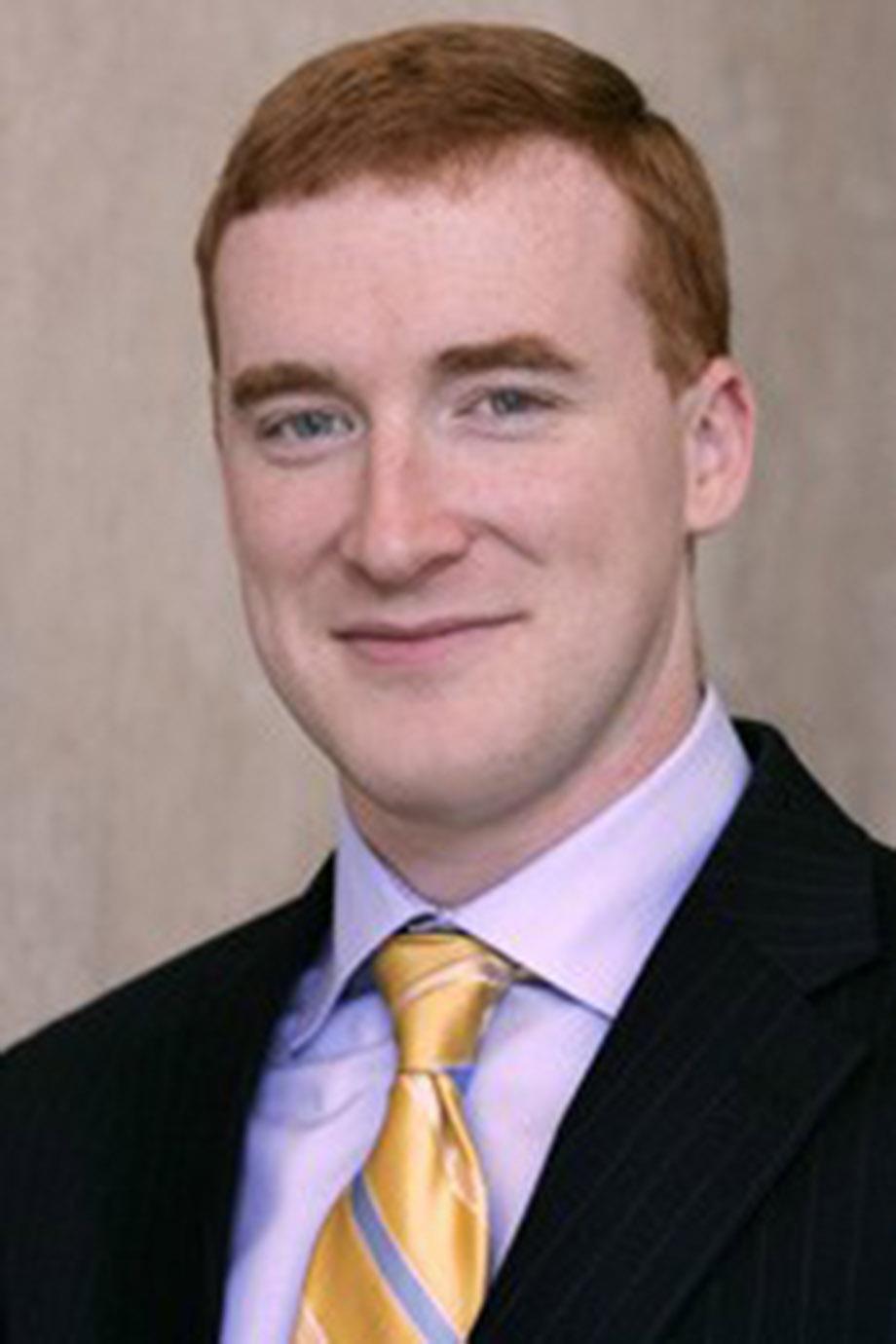
Professor Michael Mueller
Princeton University, USA -
Scientific advisory committee

Dr Meredith Colket
United Technologies Research Center (Retired), USA
Professor Ömer Gülder
University of Toronto, Canada
Professor William Roberts
King Abdullah University of Science and Technology, Saudi Arabia
Professor Hai Wang
Stanford University, USA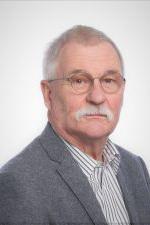
Karlsruher Institut für Technologie (Karlsruhe Institute of Technology), Germany

Università degli Studi di Napoli Federico II (University of Naples Federico II), Italy
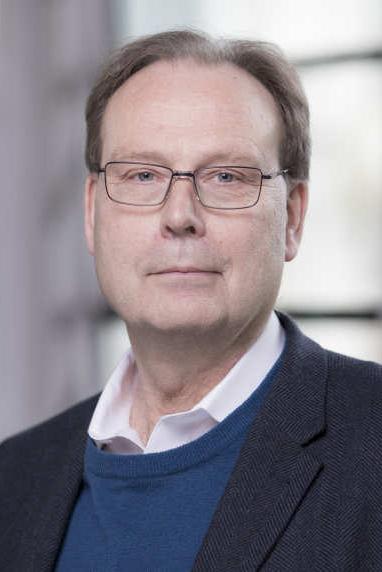
Imperial College, UK
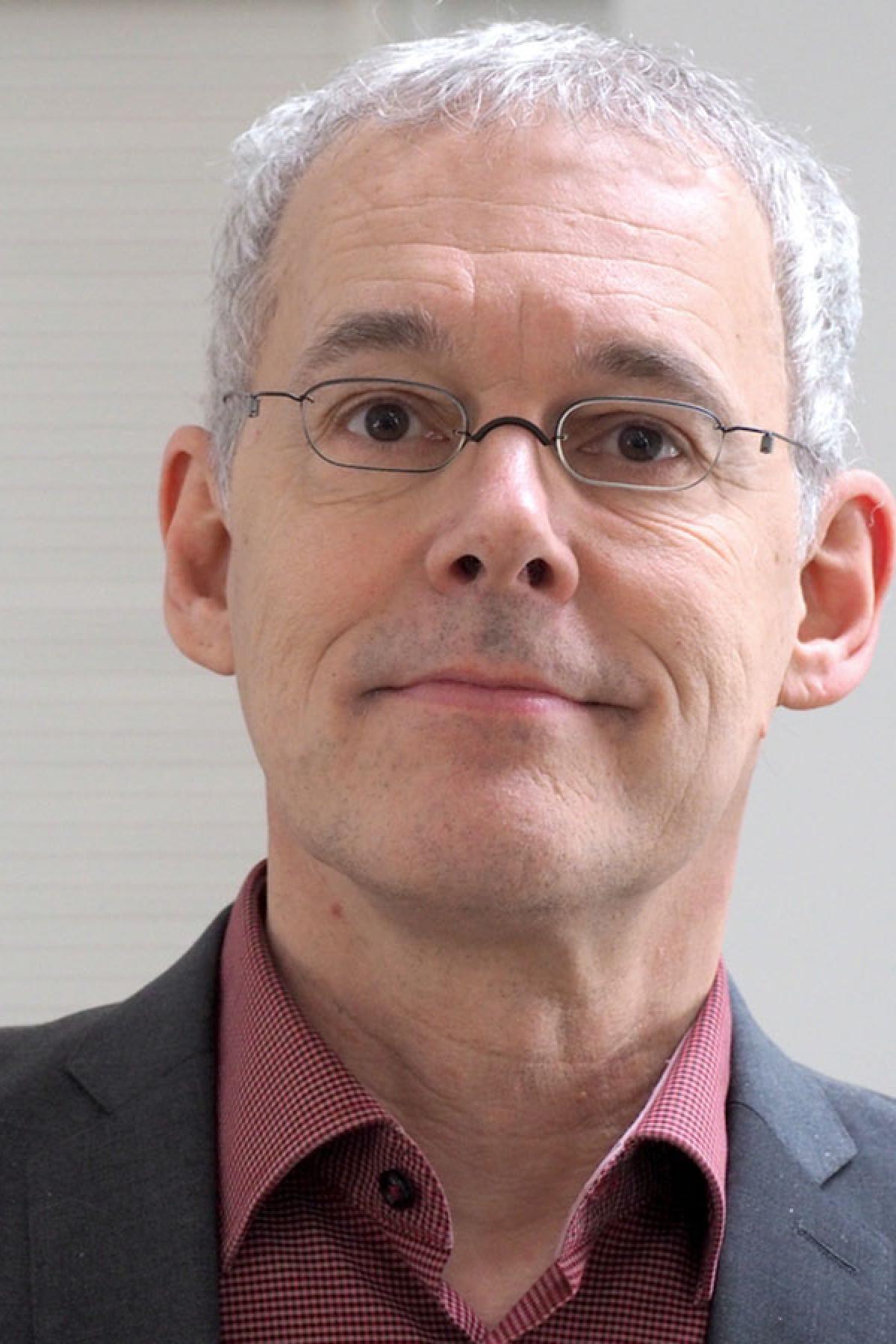
University of Duisburg, Essen
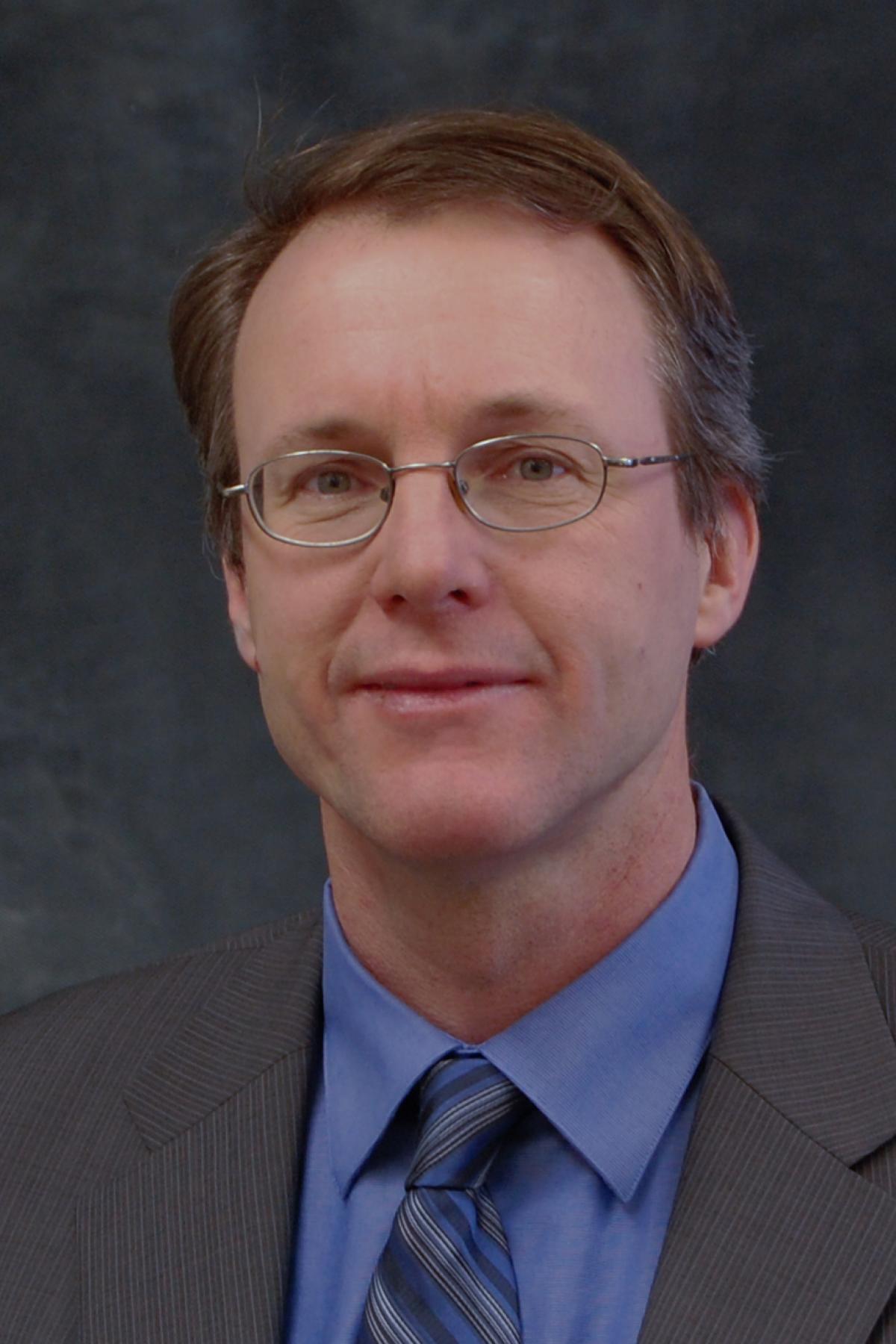
University of Toronto, Canada
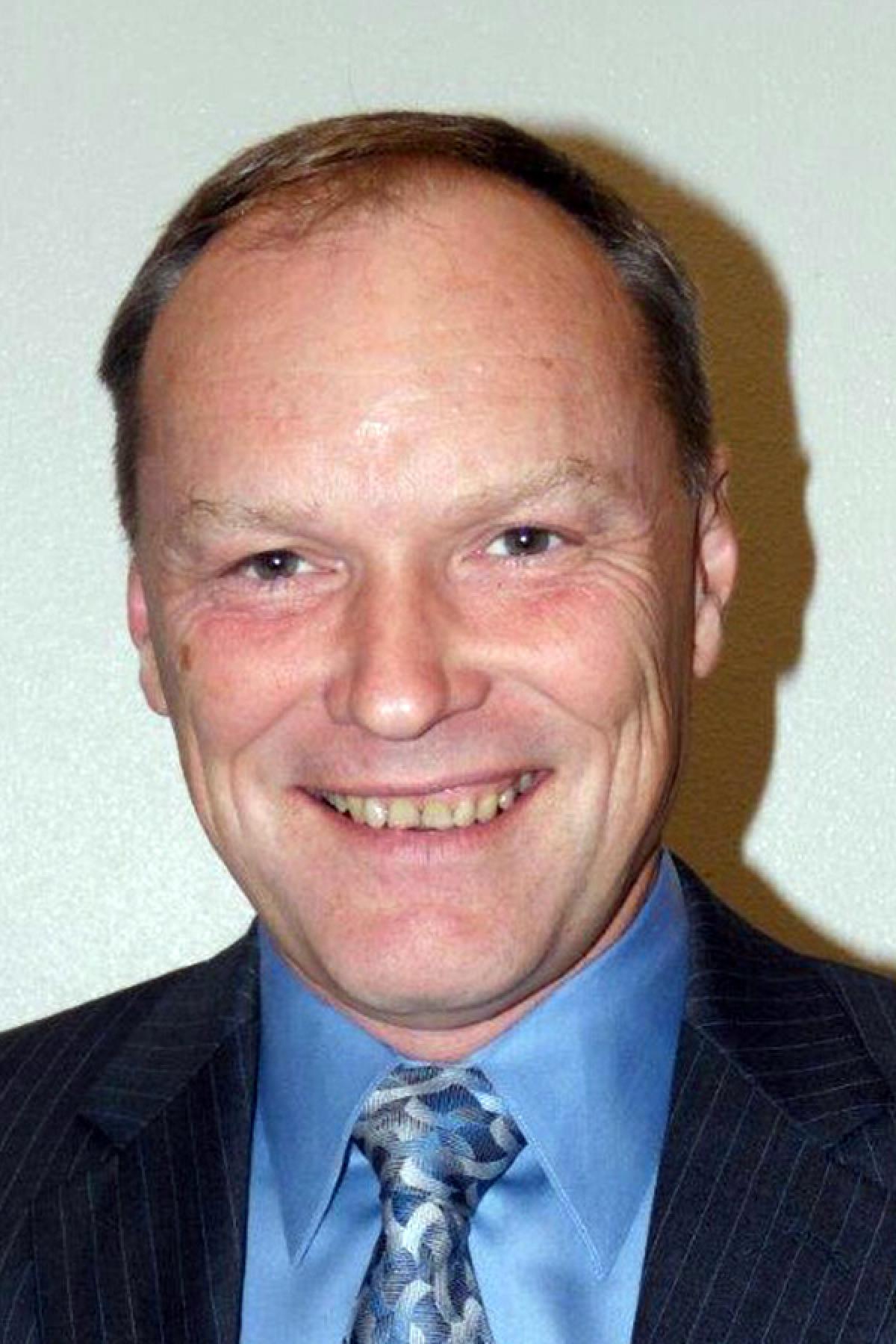
Mr Roscoe Taylor
Global Operational Excellence Director, Orion Engineered Carbons

Dr Enoch Dames
Director R&D, Monolith

University of Michigan
-
Program leaders
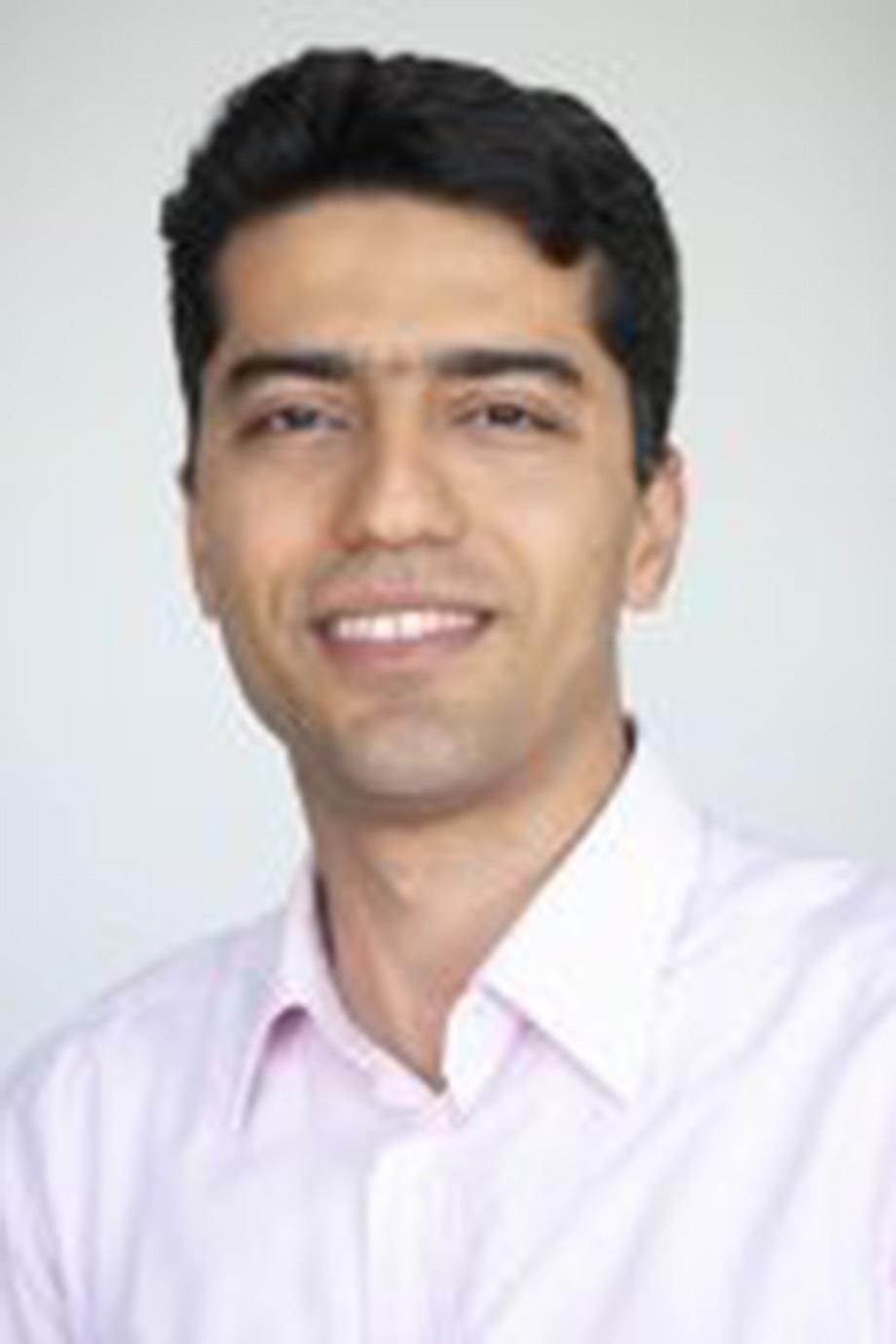
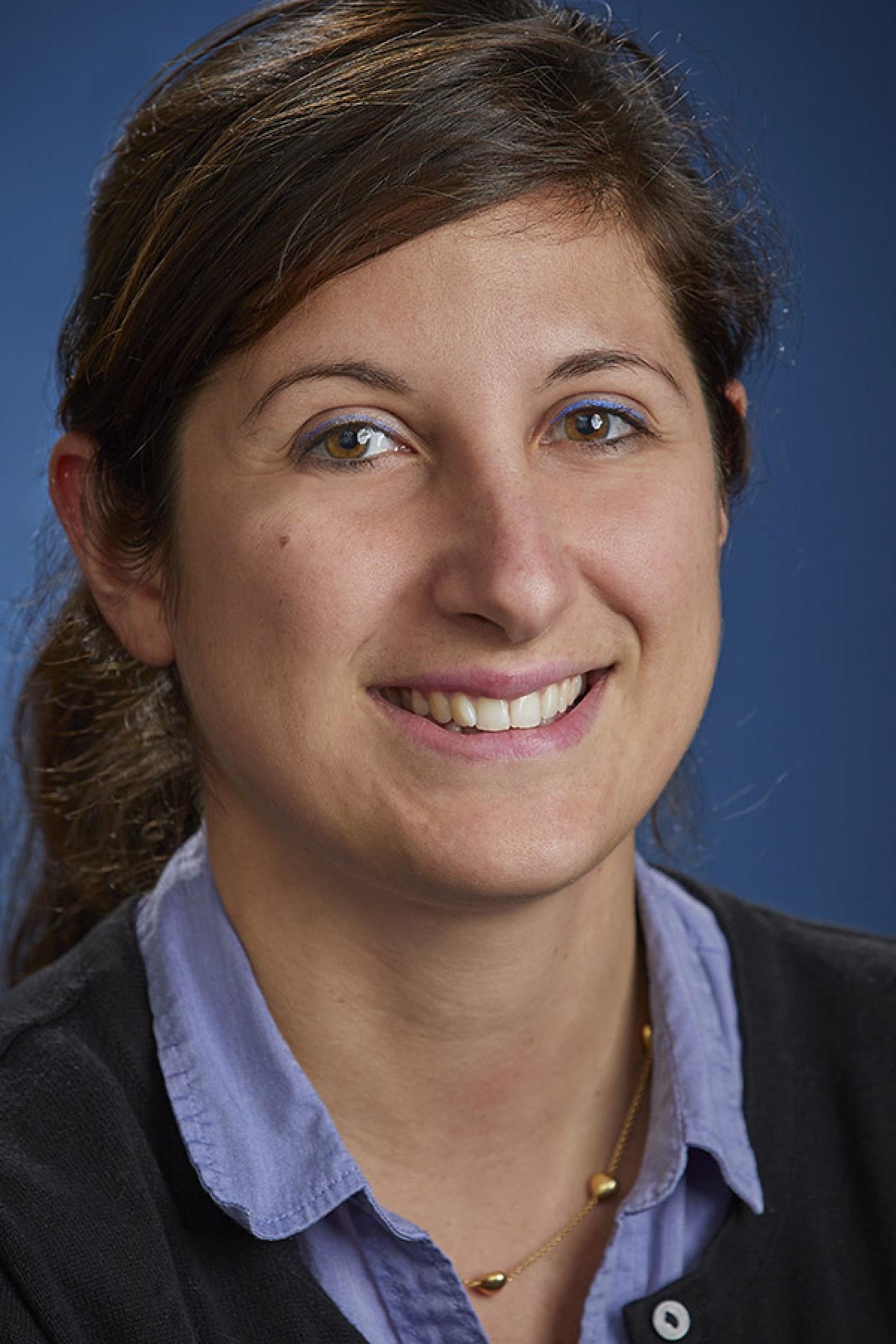
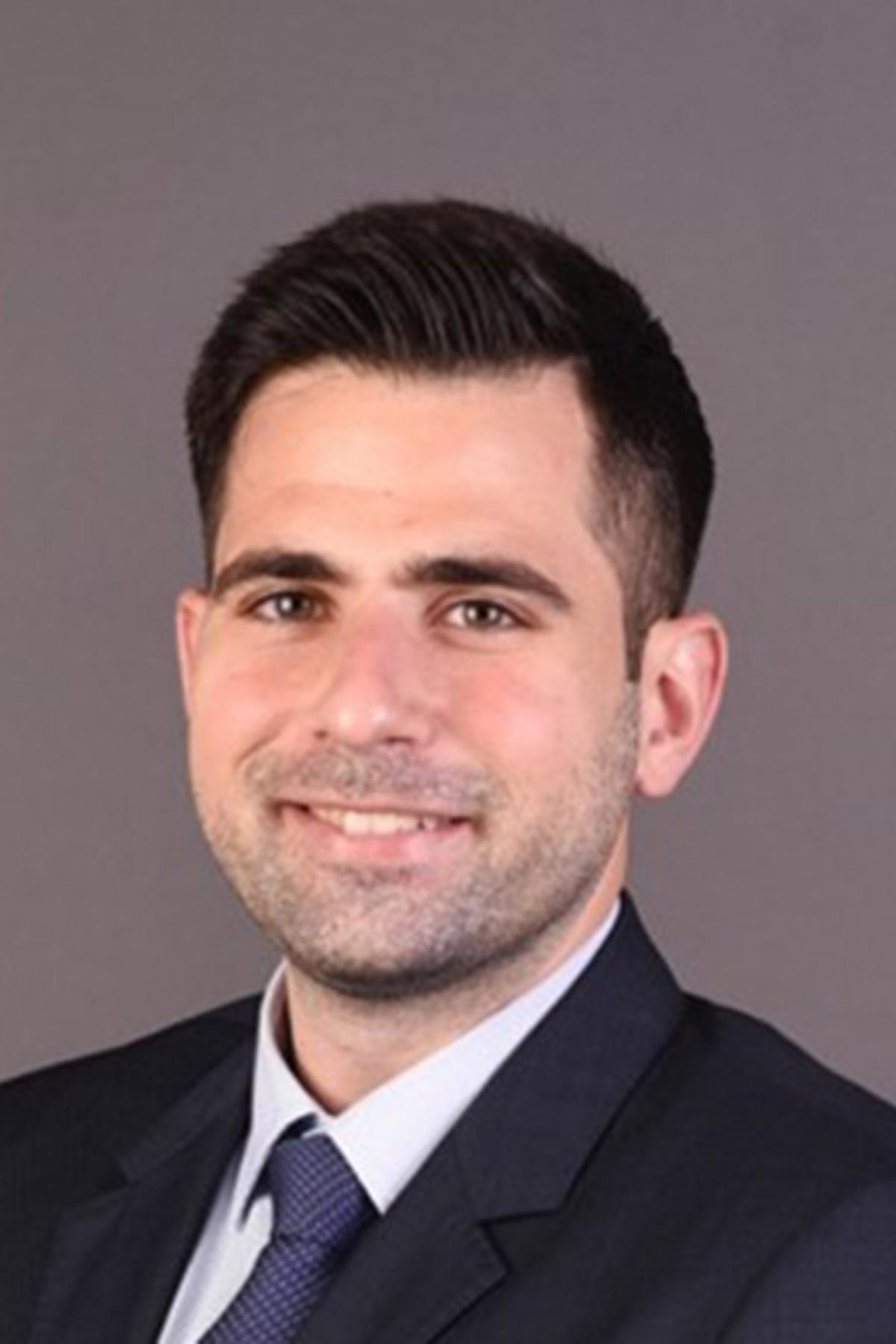


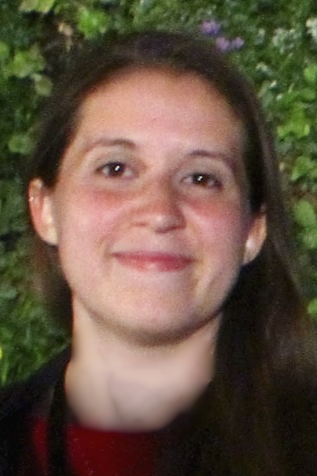
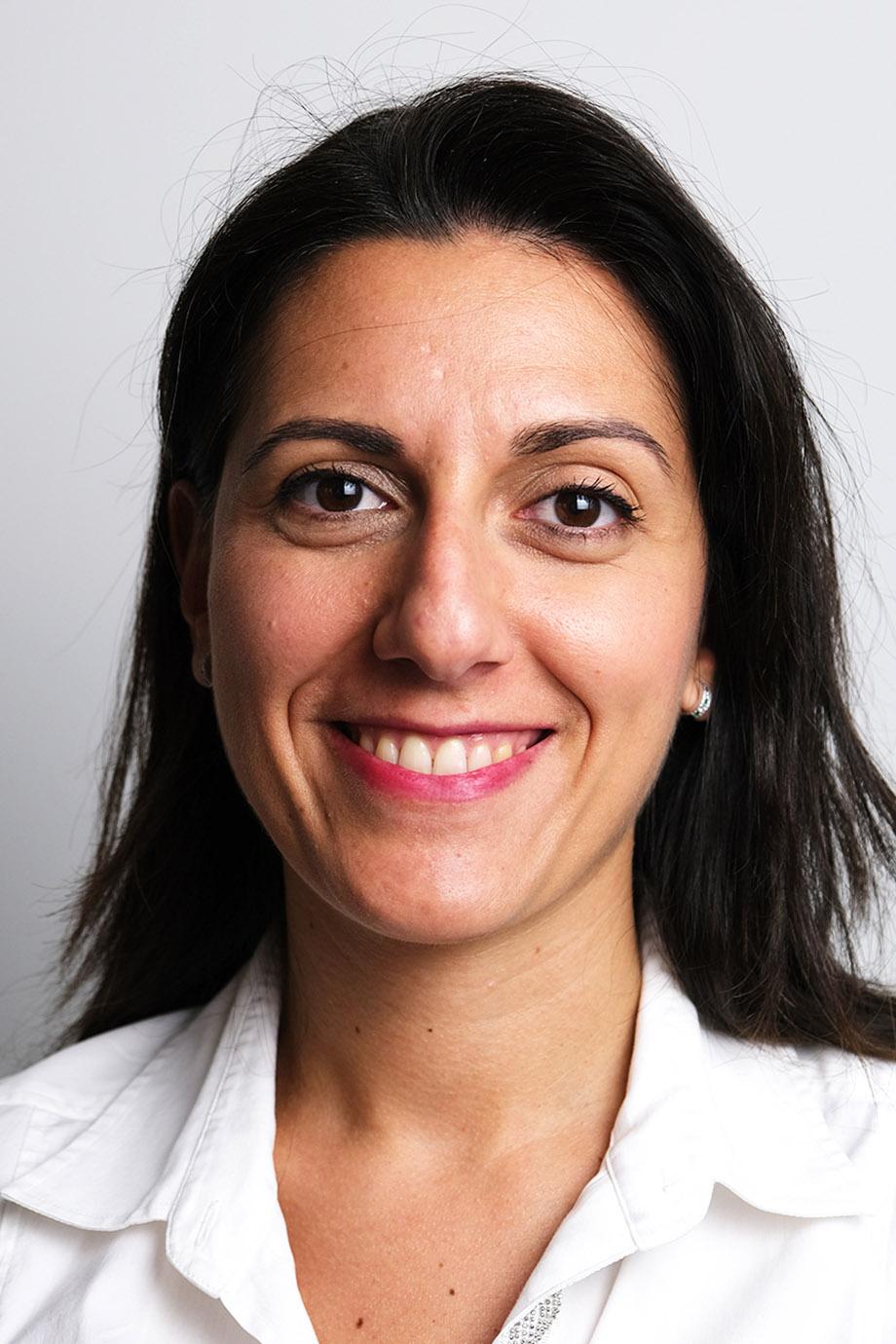
Technical University of Braunschweig, Germany
Technology and Applications Challenges

Institute of Science and Technology for the Sustainable Energy and Mobility (STEMS), Italy
Fine Structure and Other Properties
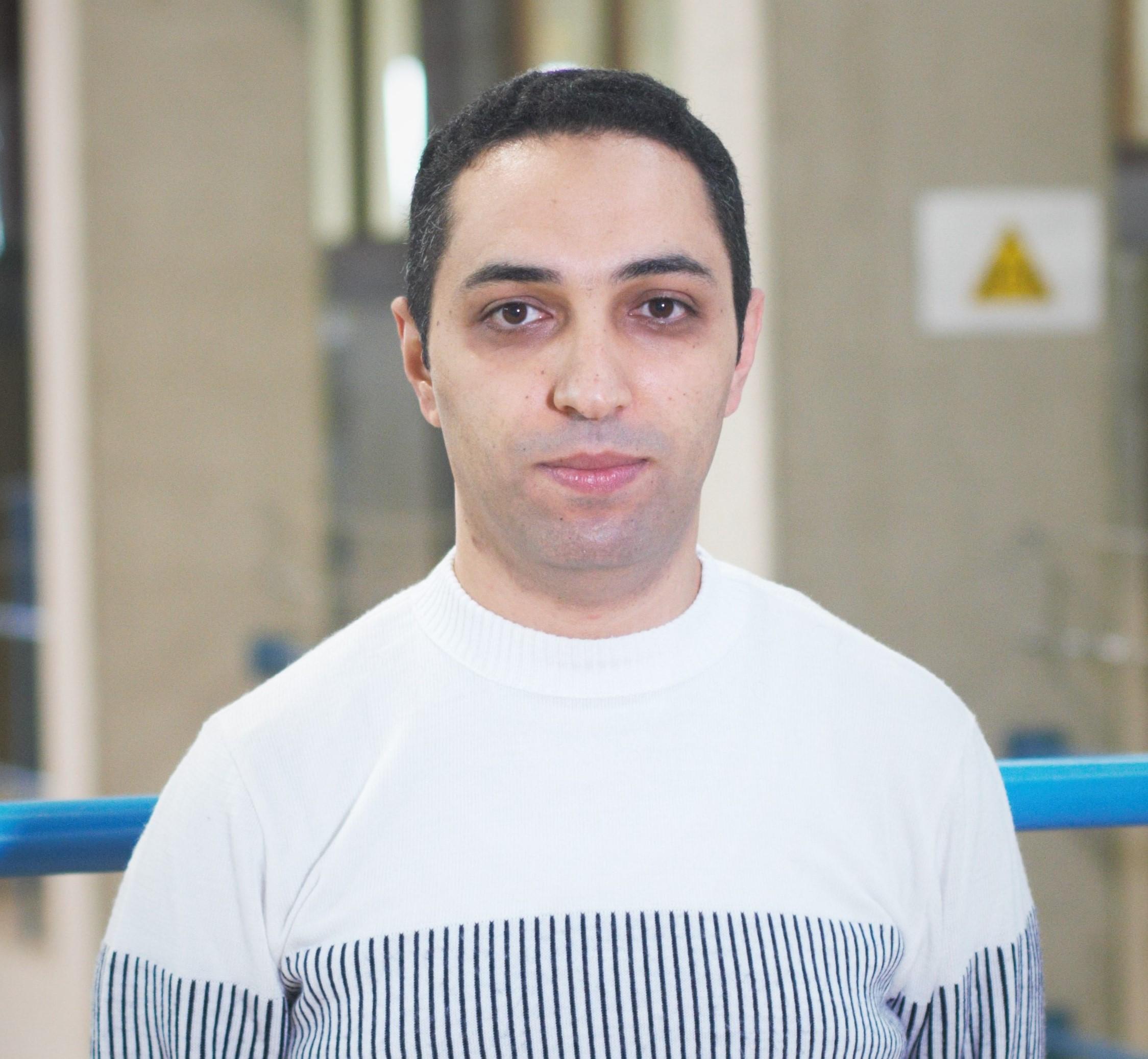
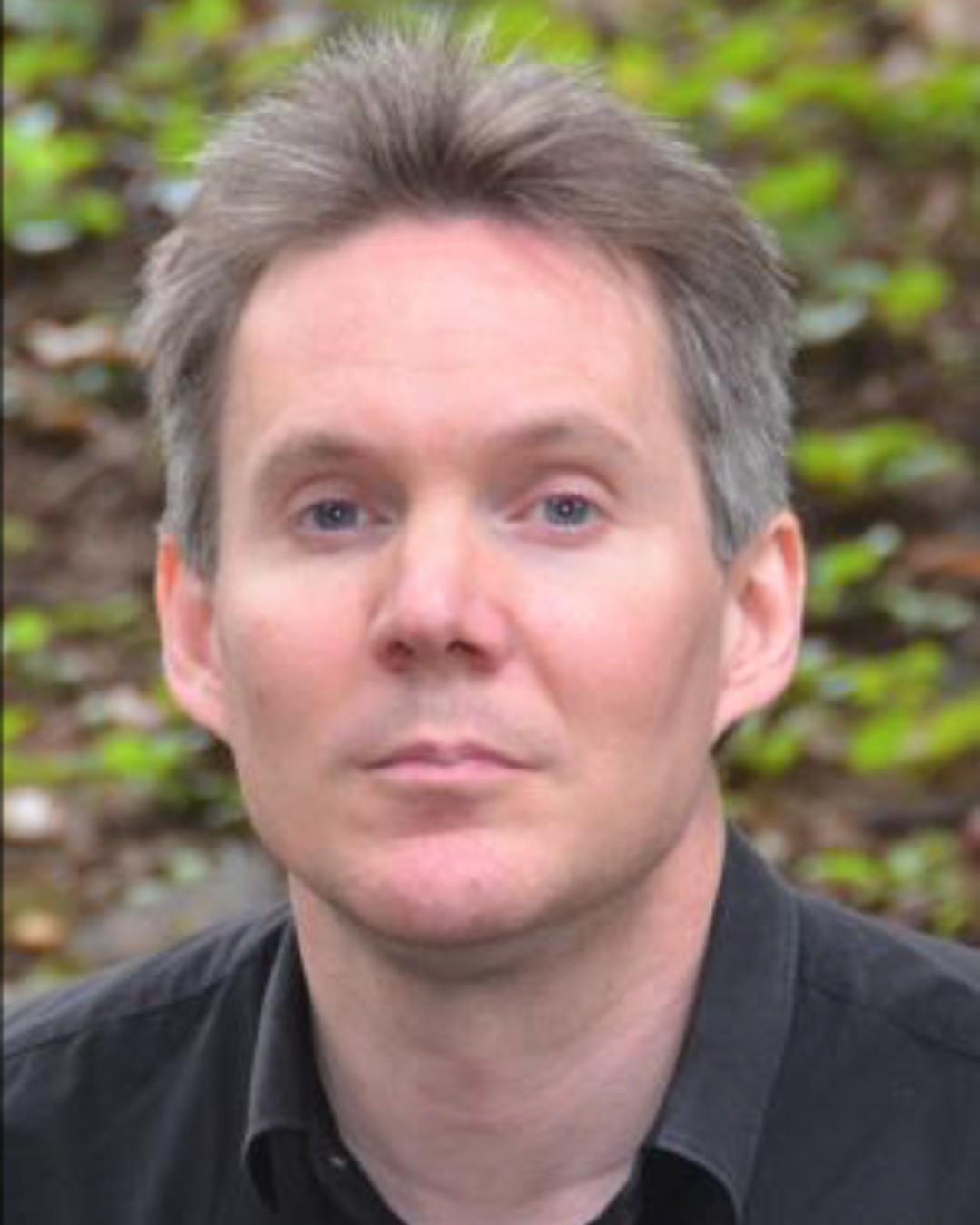
Institute of Fluid Science (IFS) at Tohoku University, Japan
Wildland Fires and Wildland-Urban Interface (WUI) Fires
